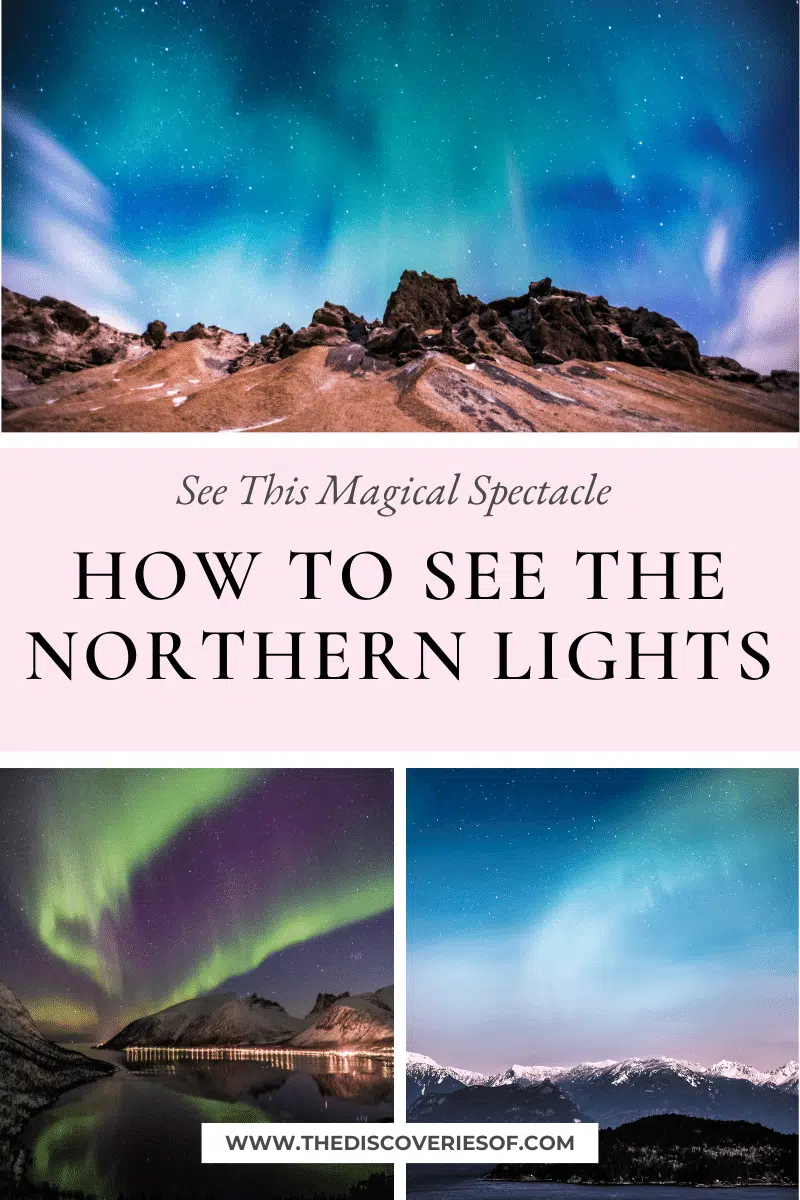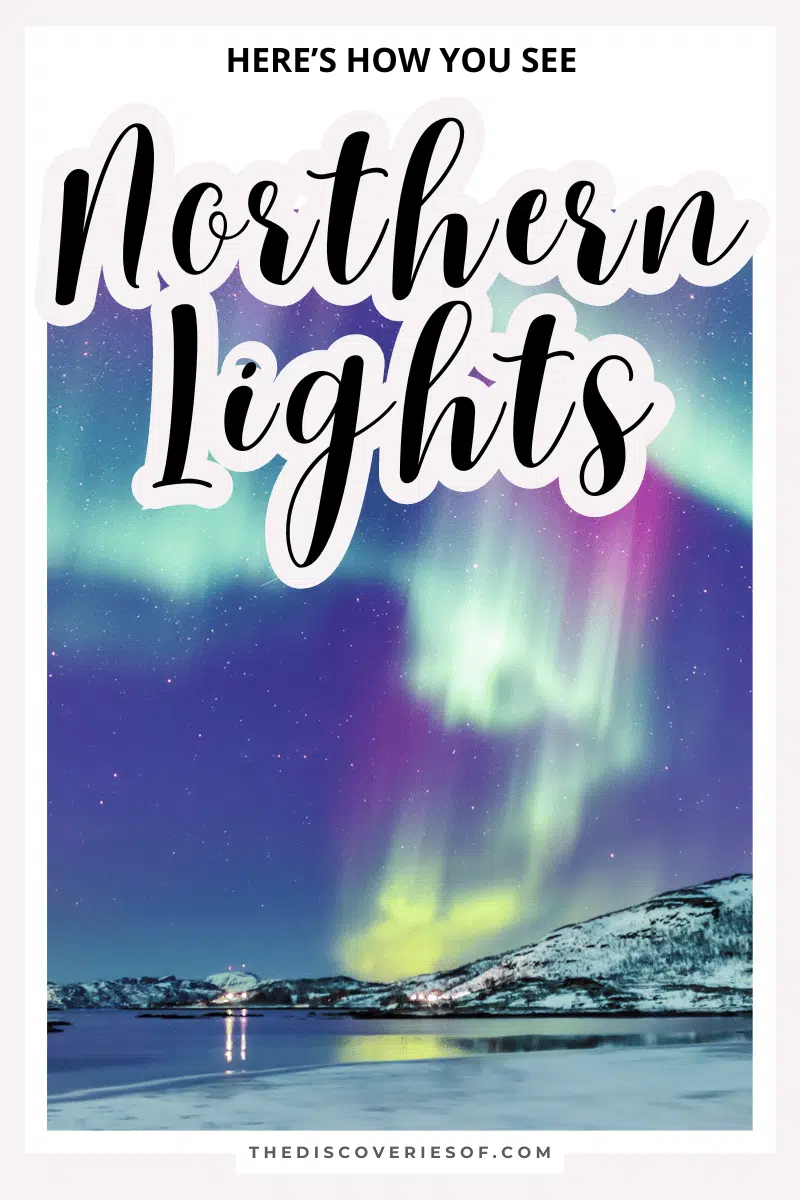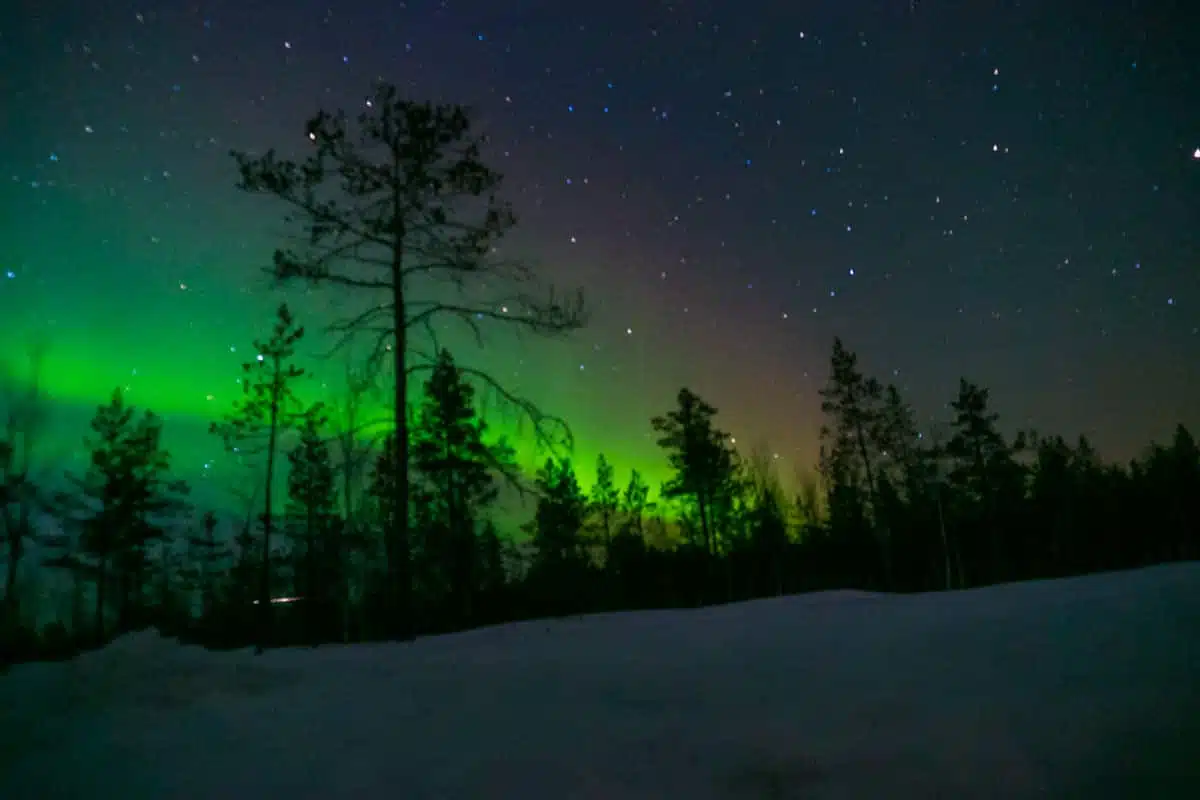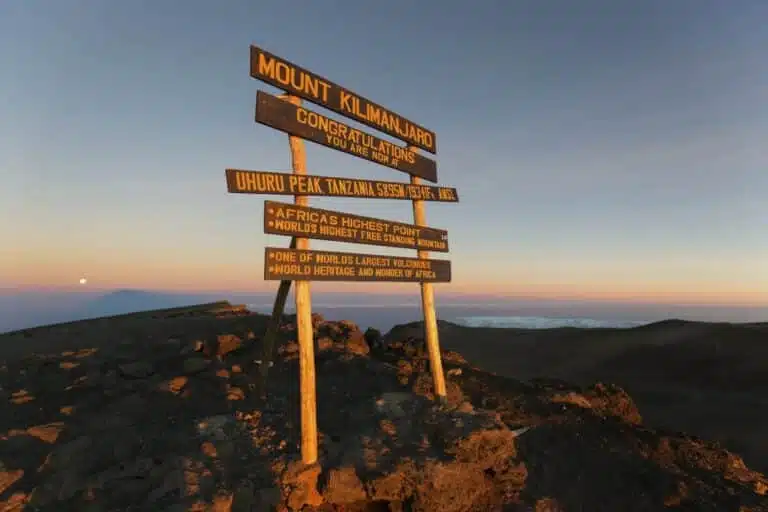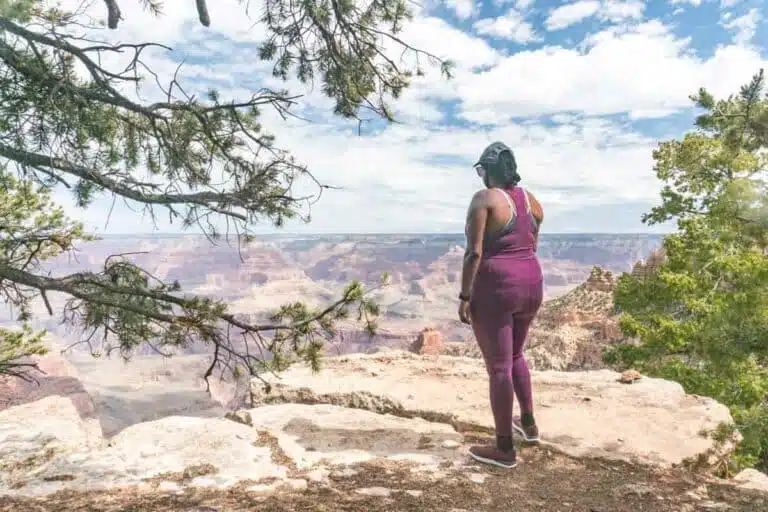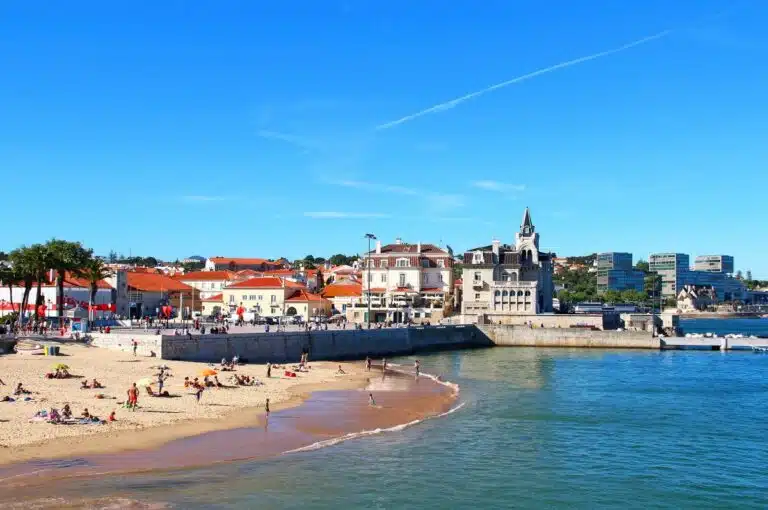Want to know how to see the Northern Lights? Maximise your chances of seeing this magical spectacle with these insider tips.
We can all agree that the Northern Lights are a stunning sight to behold. However, they can be pretty elusive things when they set their mind to it.
Why are they so tough to find sometimes – and what is the best way to see Aurora Borealis?
Finding the Northern Lights takes patience and a lot of planning. Not only do you have to choose the location and the best time to see the lights very carefully. But you also have to watch weather forecasts, and find the perfect spot in the icy wilderness to catch the spectacle.
Is it worth it? Yes. As someone who’s been lucky enough to see the Northern Lights a number of times, there are few spectacles as stunning as the sight of those lights dancing across the sky.
I’m going to let you in on all the tips and secret hacks you can use to max out your chances of seeing the Aurora Borealis for yourself. Let’s go!
PS: Want to delve into how to plan a Northern Lights Trip? Watch this video!
What Are the Northern Lights?
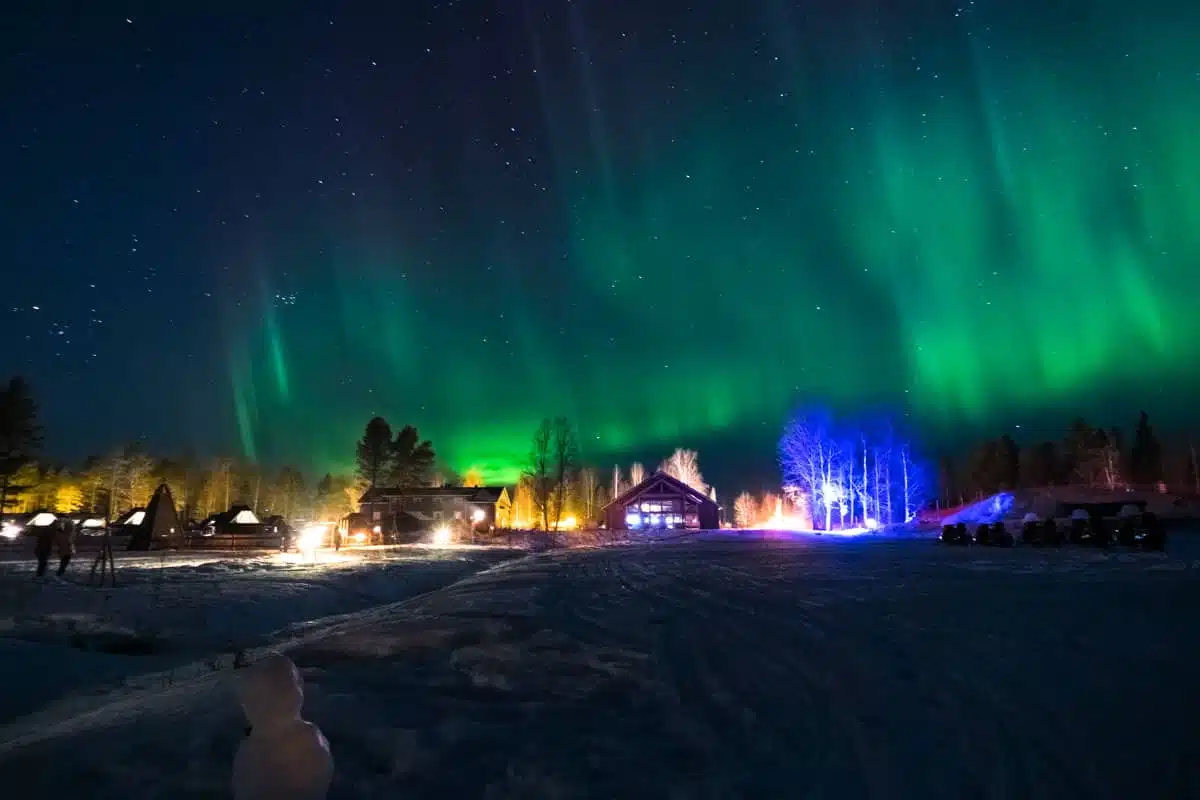
The Northern Lights or Aurora Borealis are a natural phenomenon that happens when charged solar photons, or solar-charged particles, collide with the Earth’s atmosphere.
These particles, thrown out by the sun’s frequent solar flares, hit the magnetosphere, a magnetic field that surrounds the planet.
While most of the particles are deflected by the magnetosphere, some make it through and come into contact with oxygen and nitrogen molecules in the Earth’s atmosphere.
When this happens, photons (light particles) are emitted when the electrons, protons, oxygen and nitrogen react – and these photons form the Auroras Borealis (Northern Lights) and Australis (Southern Lights).
Best Way to See the Northern Lights: Top Tips
Make Sure to Time Your Visit During the Right Time of Year
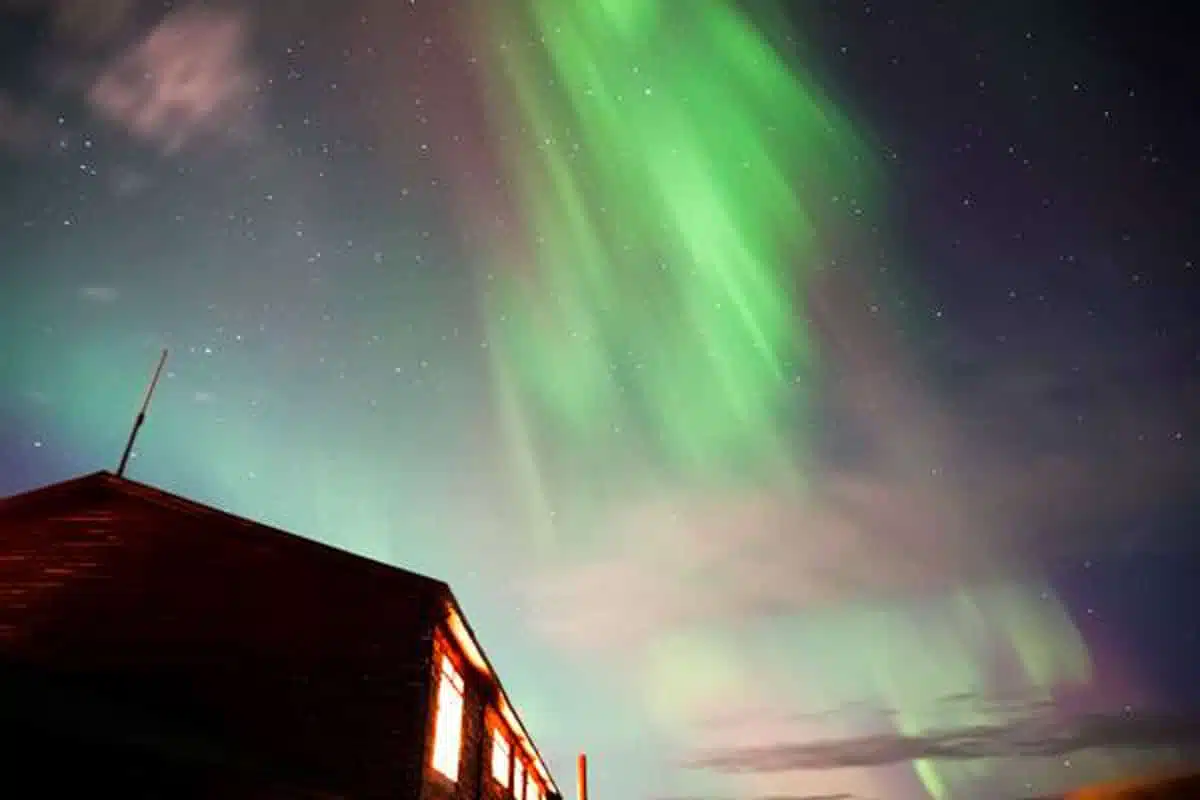
Broadly, the Northern Lights viewing season runs from the end of September to towards the end of March.
Technically, the Northern Lights actually happen all year – but outside of these months the skies aren’t ever dark enough to see them.
Top Tip: Although you might think that December would be the best time to see the Northern Lights, thanks to the short days, it’s actually often late September and March that have the strongest showings thanks to the strong geomagnetic storms that take place around this time.
Head North (Within Reason)
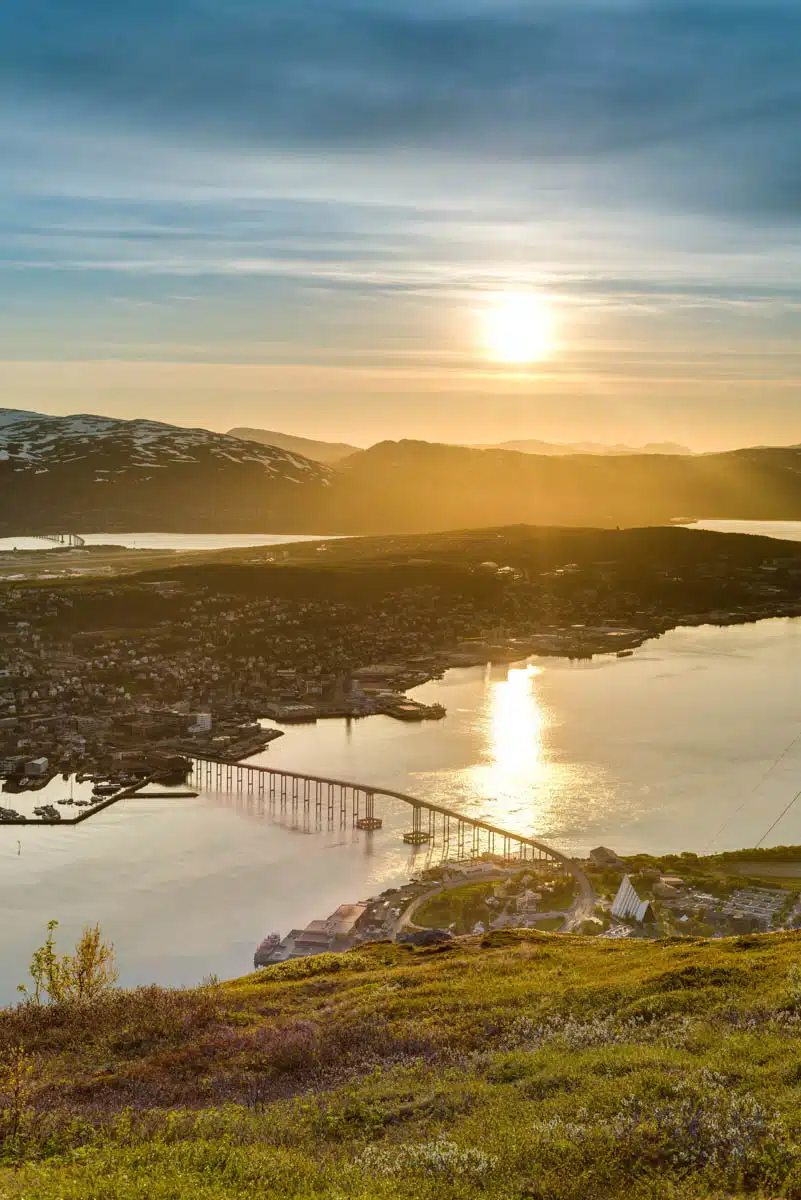
It’s no surprise that many of the Northern Hemisphere’s winter destinations also double up as top spots for seeing the Northern Lights.
The name is a bit of a giveaway – if you want to see the Northern Lights, you have to go to northerly destinations – preferably those (like Tromso and Rovaniemi) within the Arctic Circle.
That’s because much of the molecular activity that causes the Northern Lights happens at the Earth’s magnetic poles, with the result that the Arctic is the best place to search for auroras.
Don’t go too far north though. The so-called “Northern Lights Belt” or “Aurora Zone” is a region between 65 and 72 degrees latitude where the Northern Lights will usually show up more frequently than in other areas. Head further north than that and your chances of seeing the lights actually diminishes a bit.
Start Hunting on Your First Night
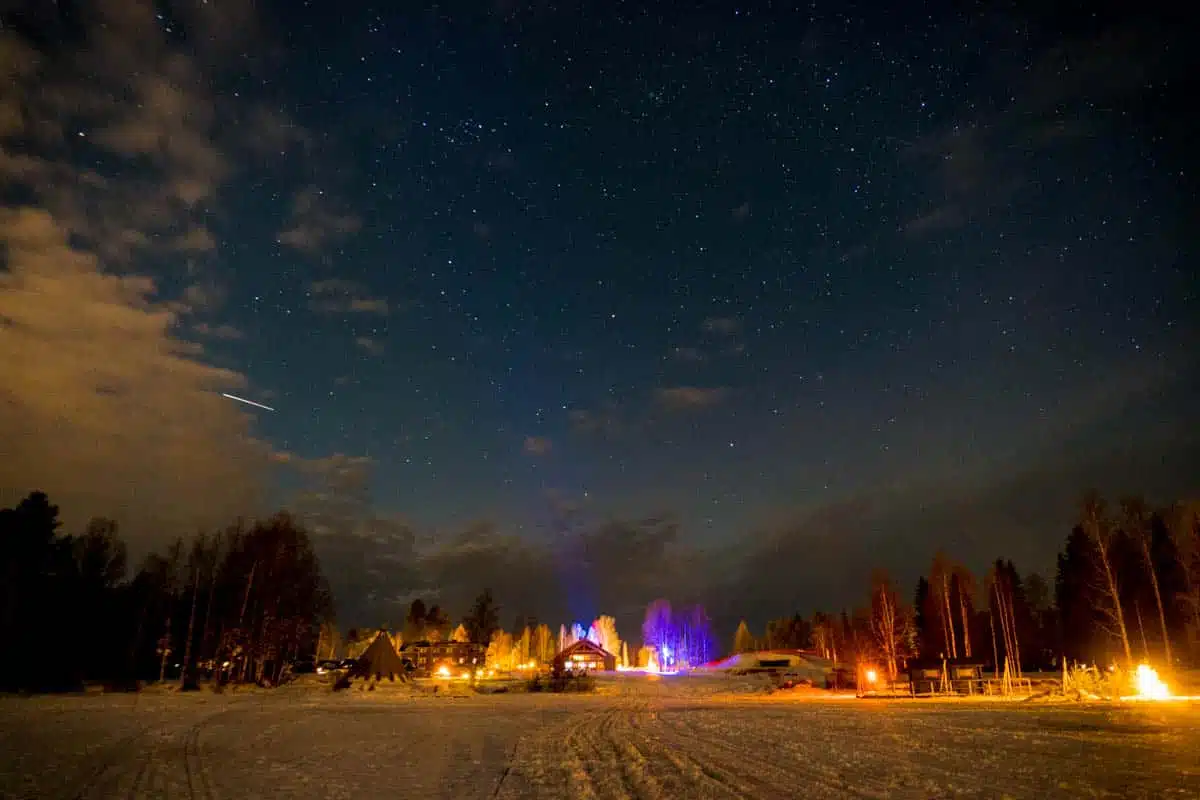
You should note that the Northern Lights either appear or do not.
Even when the conditions may look like they’re absolutely perfect, they might still decide to miss the party.
So it figures that you should never miss an opportunity to look out for Aurora Borealis. If seeing the Northern Lights is on your bucket list, spending every night of your trip on the hunt will greatly improve your chances of catching them!
Avoid Light Pollution
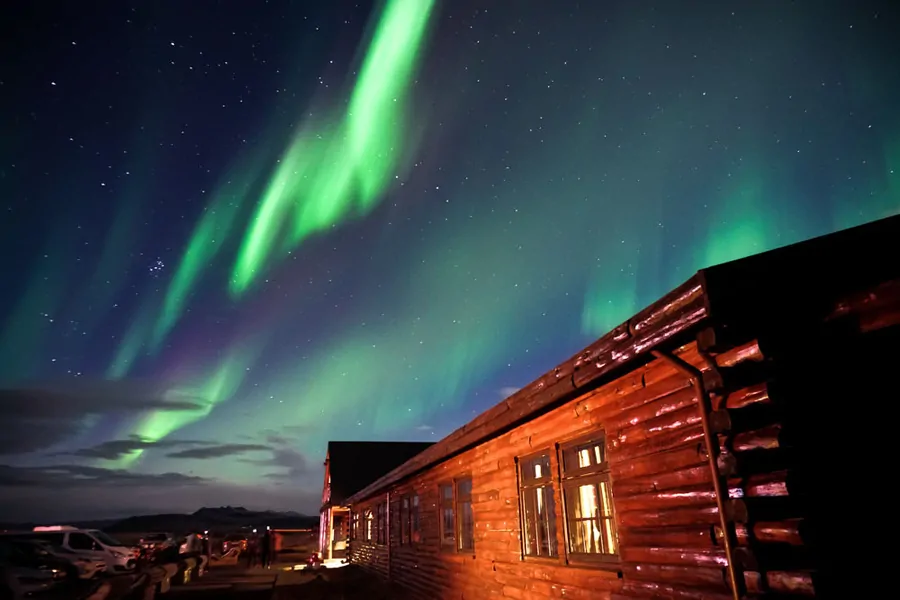
Nowadays, light pollution is a significant obstacle to enjoying the night sky – and the same is true for seeing the aurora.
So if you’re wondering how to see the Northern Lights at all, you need to get away from the lights of the city and the towns.
If you haven’t rented a car, book yourself onto an aurora-hunting tour that ventures into the wilderness.
Top Tip: Another option is to book a Northern Lights hotel where you can see the lights from your lodging.
Use The Aurora Forecast
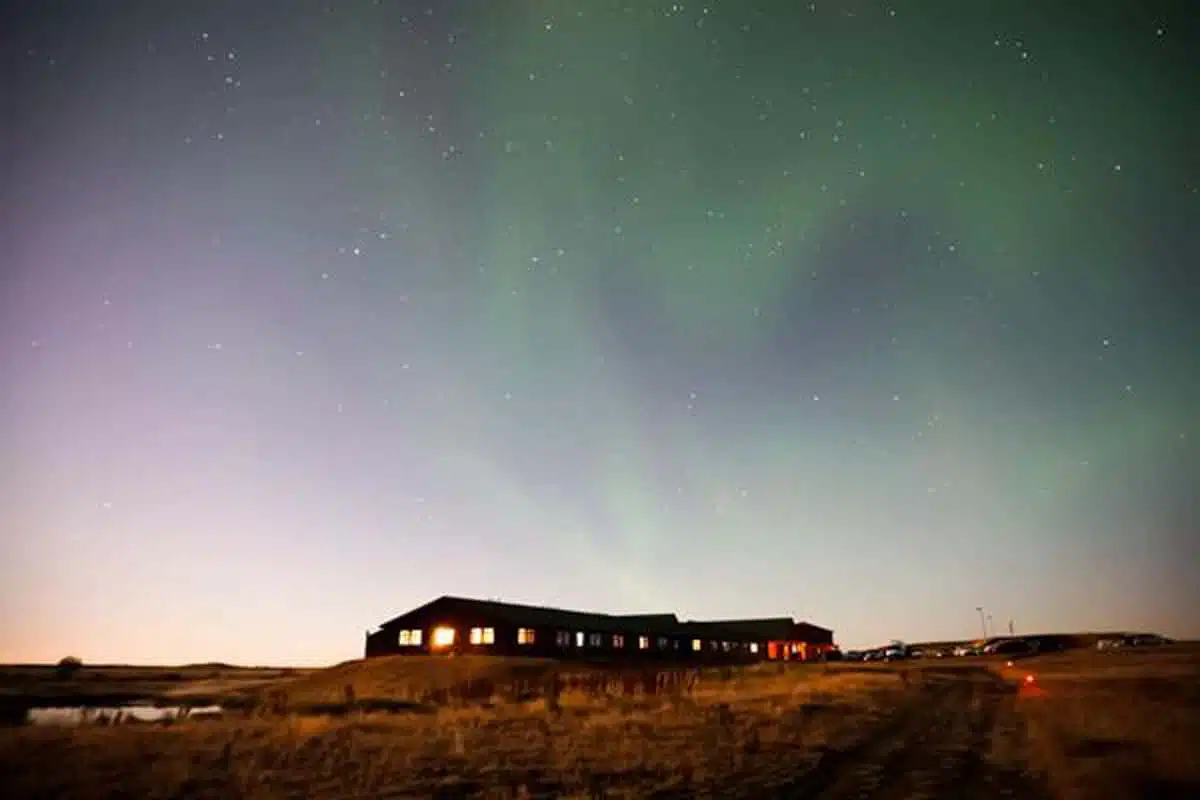
Location is meaningless if there isn’t the correct amount of solar activity and clear skies. Check both the weather and Aurora Borealis forecasts for each night of your trip.
Although the Aurora forecasts might not always be correct, they can tell you whether your chances of viewing the Northern Lights are good or bad. With this information, you can decide whether to stay outside longer or retreat to the warm indoors.
You can also use the Aurora Forecast app on your phone. This notification-based app is easy to use and super convenient when you’re on the hunt. Noaa Aurora Forecast is also a good way to keep track of the lights.
Book Lots of Fun Activities For Your Trip
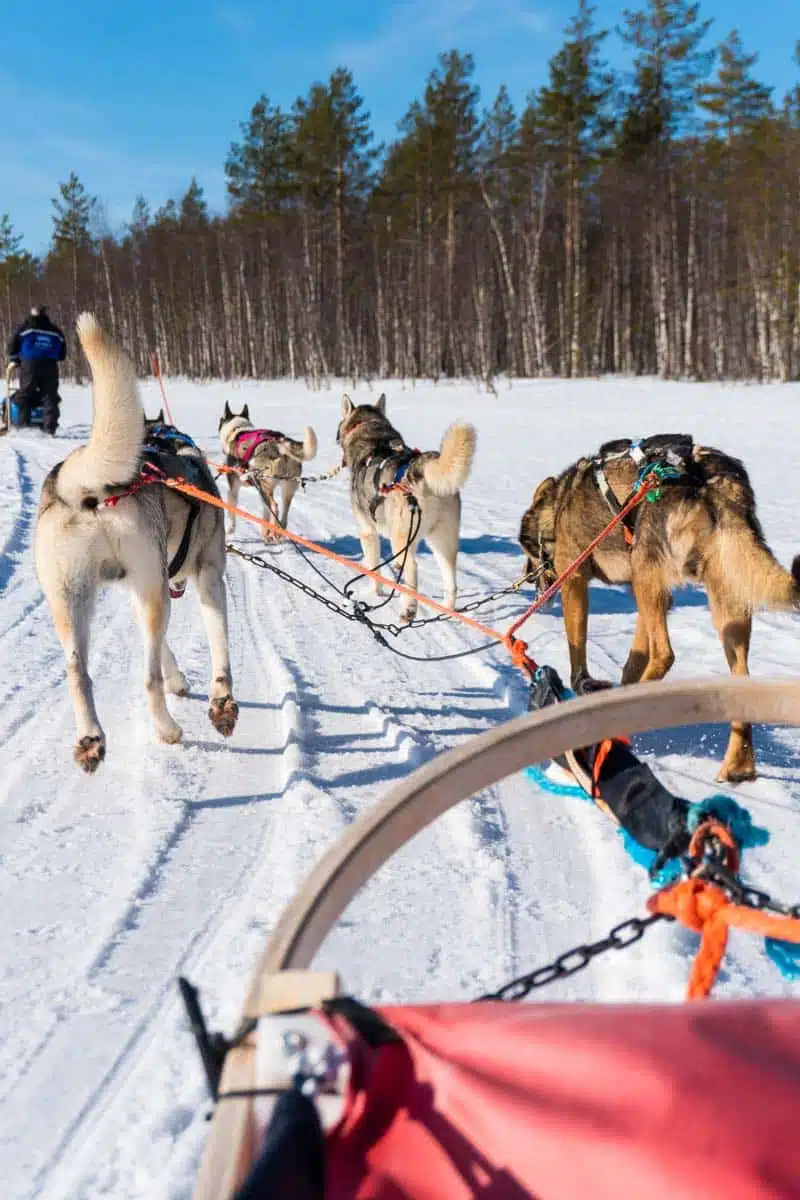
Don’t plan your whole trip around seeing the Northern Lights – because if you do, you may just come away disappointed by factors that are well outside of your control. Instead, you should fill your itinerary with plenty of fun winter activities.
Why not visit an Ice or Snow Hotel? How about dog sledding with some adorable Huskies, or going on an epic snowmobile ride bombing across frozen tundra.
Most Northern Lights destinations are real life winter wonderlands – it would be a real shame to miss out on all the fun you can have outside of waiting for those pesky aurora.
Avoid a Full Moon
The moon is a natural light source in the sky, and the Northern Lights do not like competition.
If you want to increase your chances of seeing the lights, then you should avoid the full moon. Anything over waxing crescent or first quarter moon will interfere to some degree with seeing the lights.
Top Tip: Don’t stress if your trip does coincide with a full moon. Check what time the moon rises and sets and plan your Northern Lights viewing excursions outside of that.
Prepare for an All-Nighter
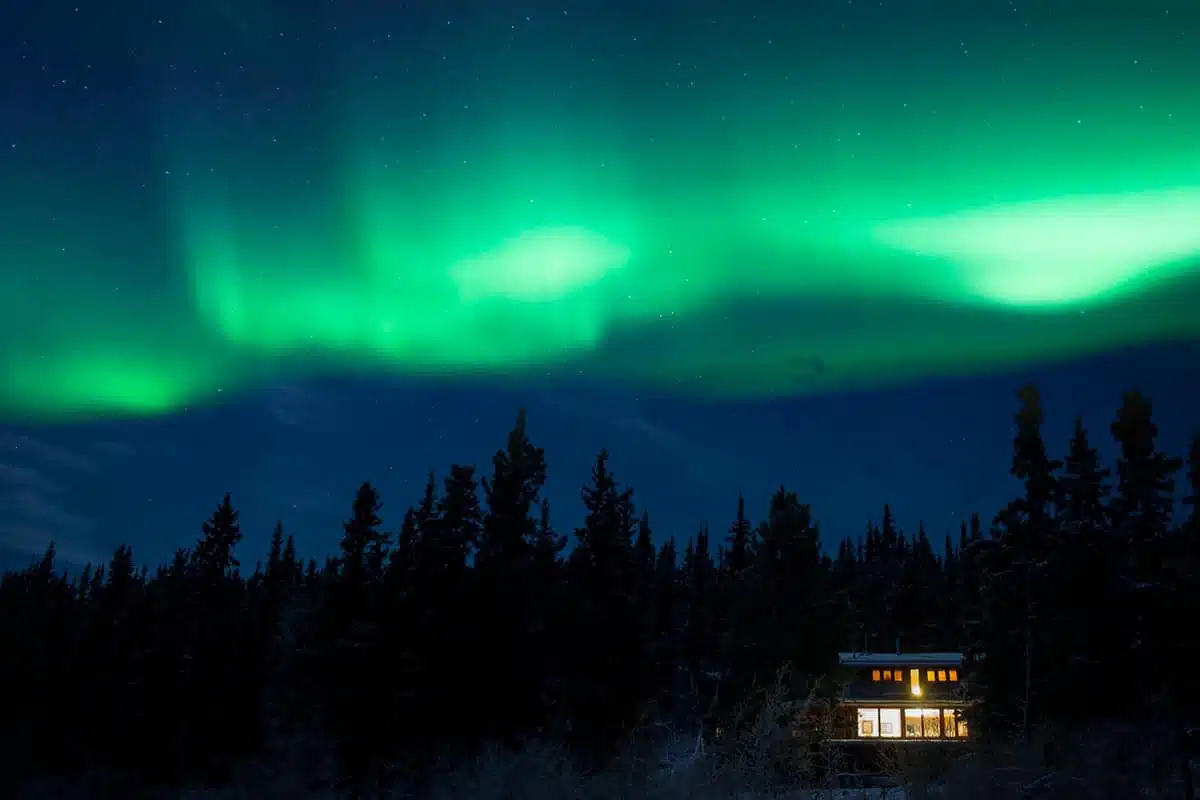
The sun sets earlier in the winter in various areas of Northern Europe, which is fantastic since it gives you a lot longer to see the Northern Lights.
That said, they are most likely to show in the darkest and coldest parts of the night (of course they are).
The busiest hours are from 11pm to 2am. Most guided tours leave after 9pm to give you the best opportunities. Of course, you might be lucky and catch them early, but the best views are often late at night.
Top Tip: Ensure you have enough warm clothes and insulating layers to keep you from freezing while hunting down the Northern Lights. Boots are also essential as you will be walking a lot.
Be Patient!
There is no set schedule for when the lights will appear. You might have to wait a while or you might be lucky and see them right after the sun goes down.
So, if you’ve followed all the above instructions and are still unsure of how to see the Aurora Borealis, allow yourself some time to just enjoy the surroundings. The lights will (hopefully) come, but you do have to be patient.
Choose the Right Location To See the Northern Lights
Iceland
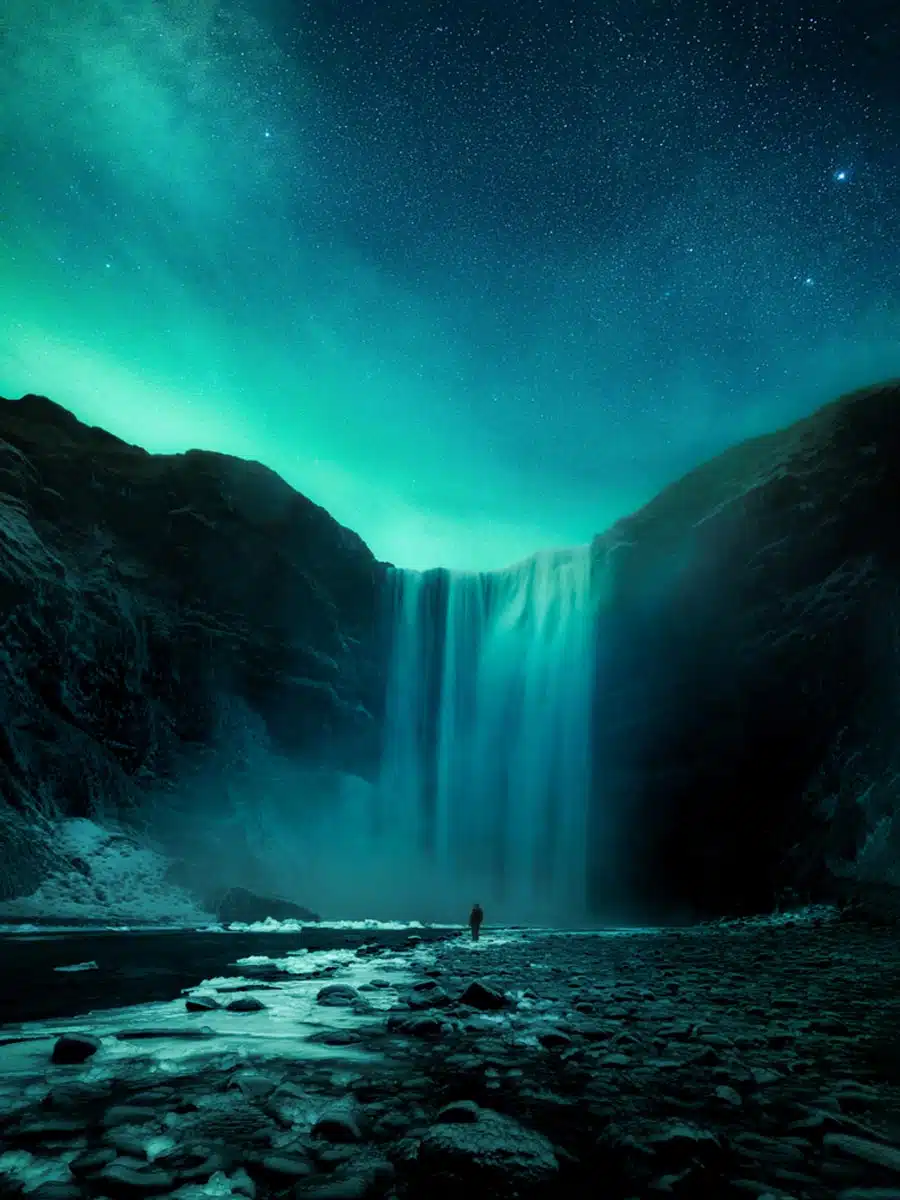
While much of Iceland actually sits outside the Arctic Circle, it is a great location to see the Northern Lights thanks to a relatively northerly location and low levels of light pollution outside of the capital Reykjavik.
Want to see the Northern Lights in a real show stopping location? The Jokulsarlon Glacier Lagoon is a great spot, thanks to the fact the lights reflect off the lagoon’s waters.
More top spots include Thingvellir National Park, Kirkjufell mountain, Asbyrgi canyon and the Westfjords.
Top Tip: Discover these spectacular Northern Lights hotels in Iceland.
Sweden
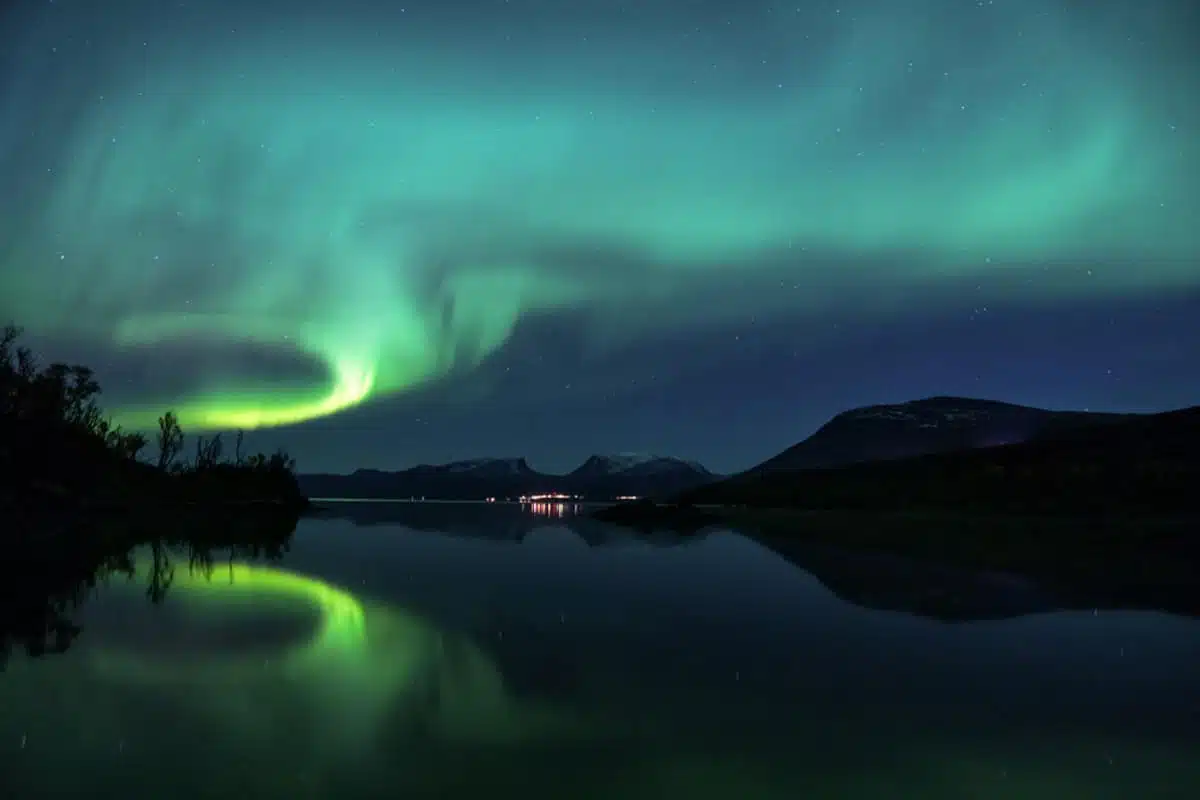
The best places to see the Northern Lights in Sweden include Kiruna, Jukkasjärvi and the Aurora Sky Station. Abisko National Park is also a famous Northern Lights hangout.
Norway
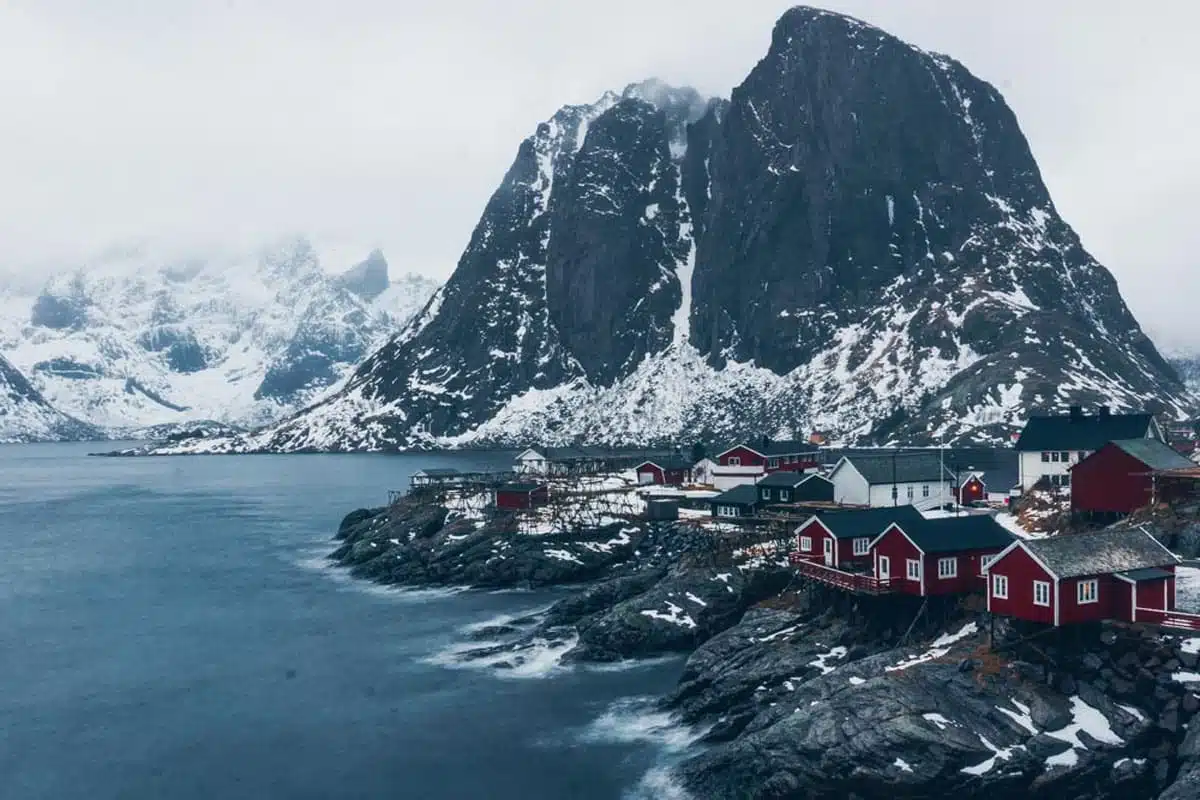
Popular places in Norway to see the Northern Lights include the Lofoten Islands, Svalbard, Tromsø and Kirkenes. To improve your chances of seeing the auroras, stay at one of the many jaw-dropping Northern Lights hotels in Norway.
Finland
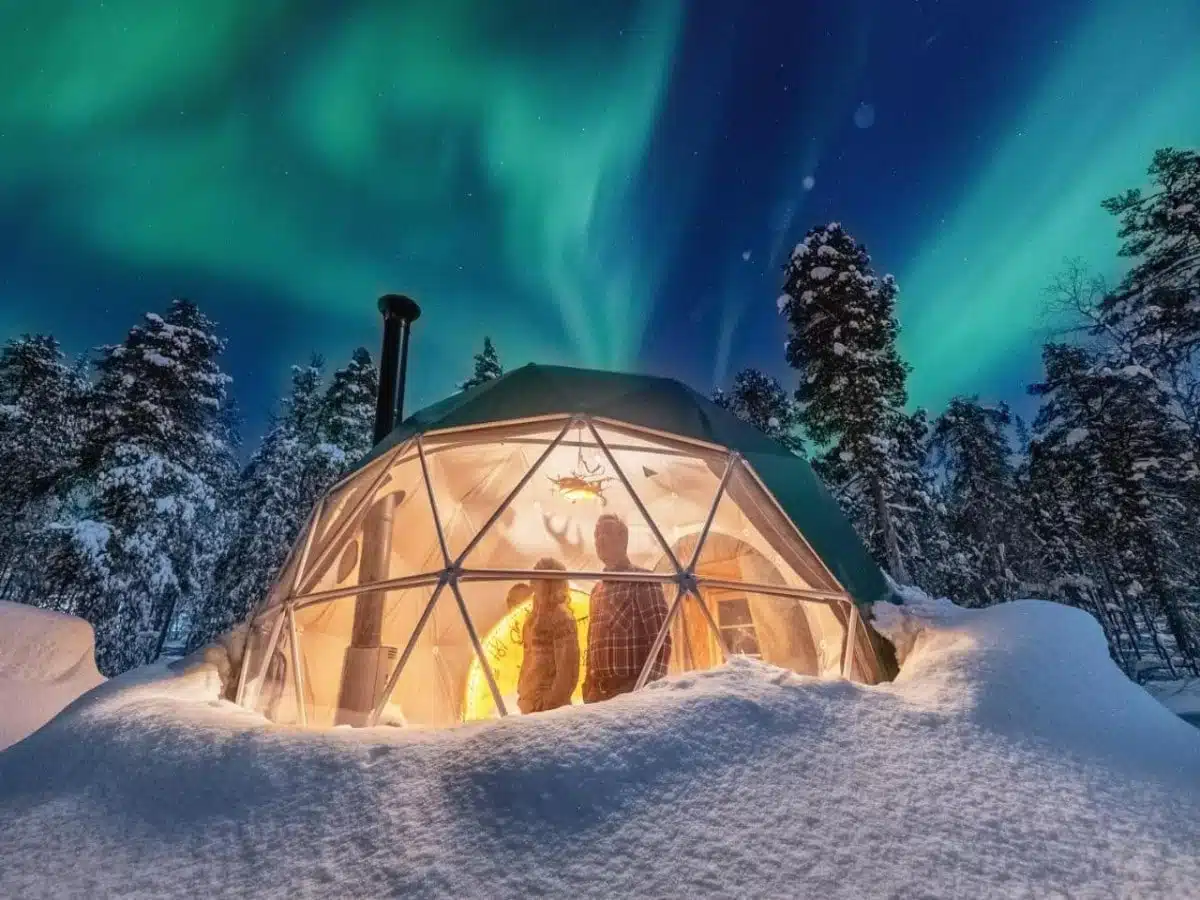
Finnish Lapland, which includes incredible destinations like Rovaniemi (a personal favourite) and Saariselka, is where you can catch the Northern Lights in Finland. Here, you’ll also find an array of magnificent Northern Lights hotels.
Canada
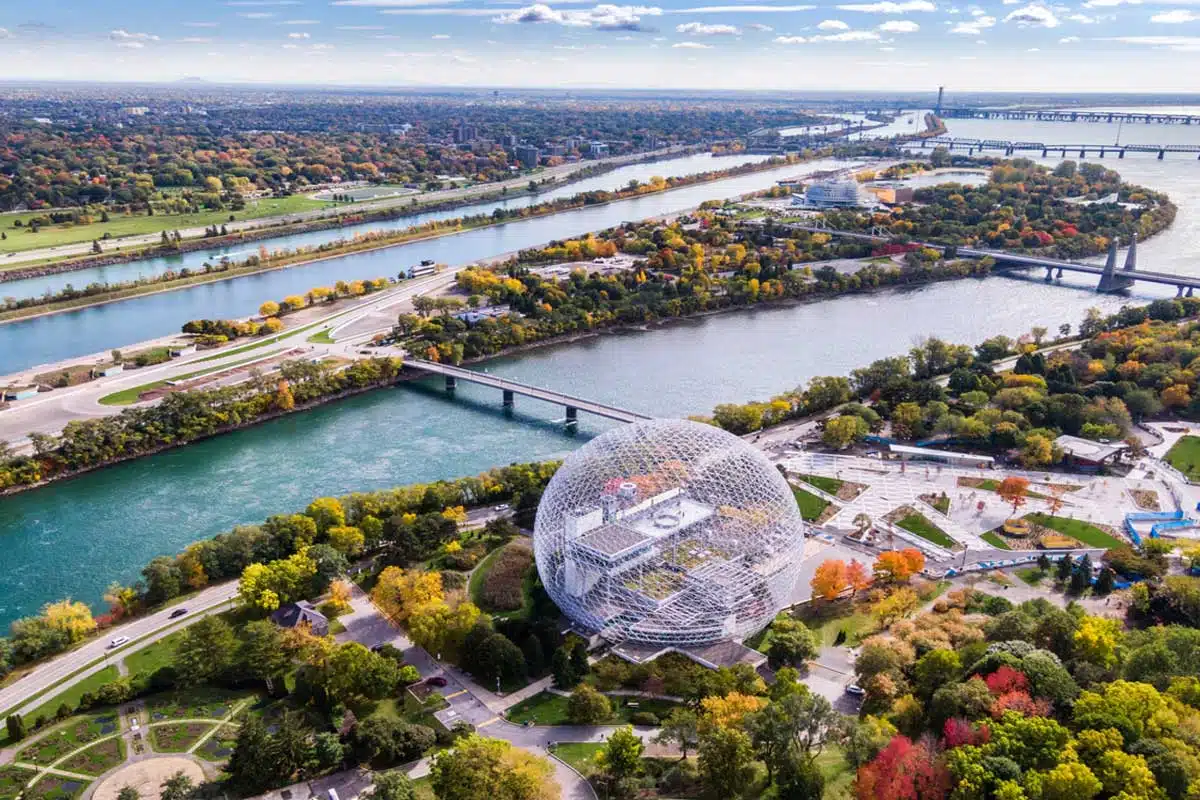
You can see the Northern Lights in northern Manitoba, Yukon, Nunavut, Newfoundland and Labrador, among other northern territories in Canada.
Alaska
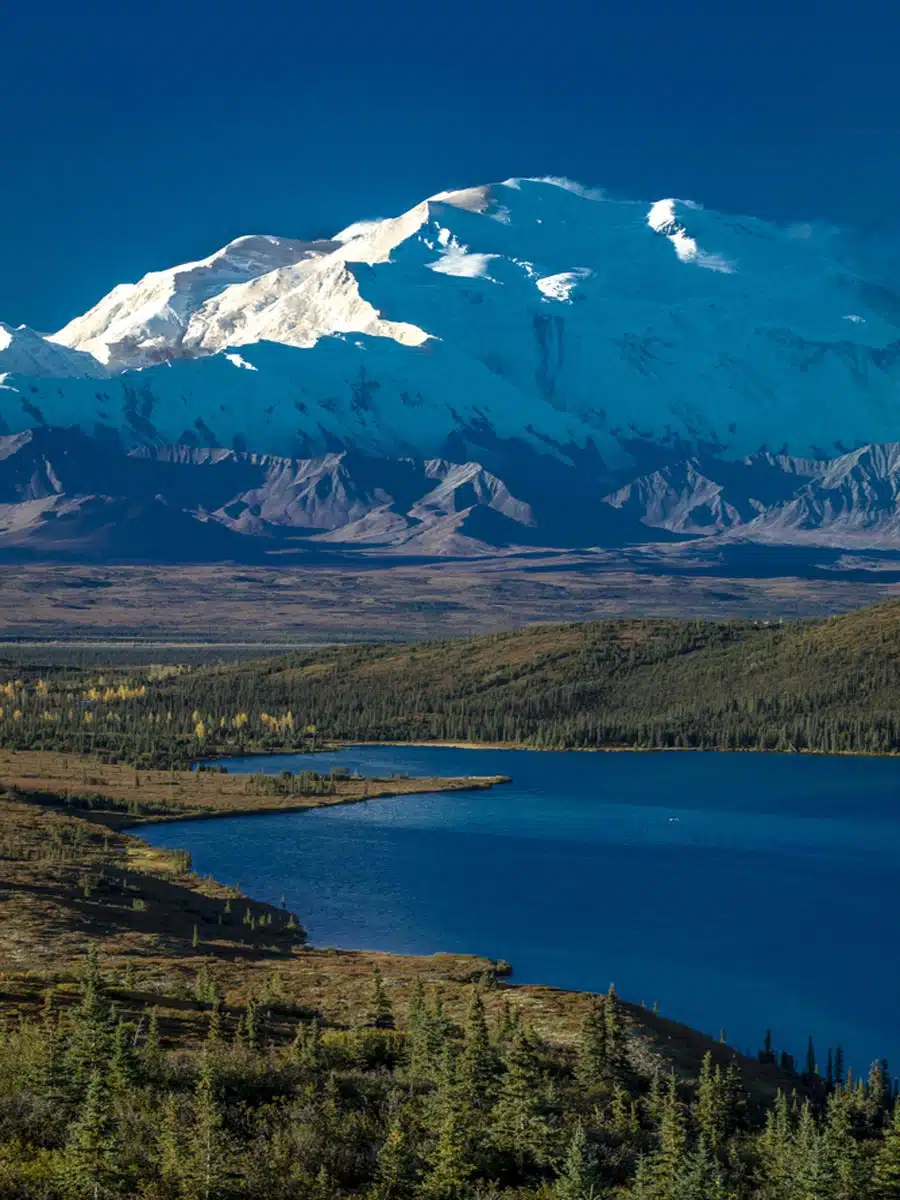
Fairbanks and Arctic territories such as Wiseman, Coldfoot, Prudhoe Bay and Utqiagvik are some of the best places to spot the Northern Lights in Alaska.
Northern Lights Viewing Tips: Read Next
Love This? Save and Share on Pinterest!
